Greenback Gallery
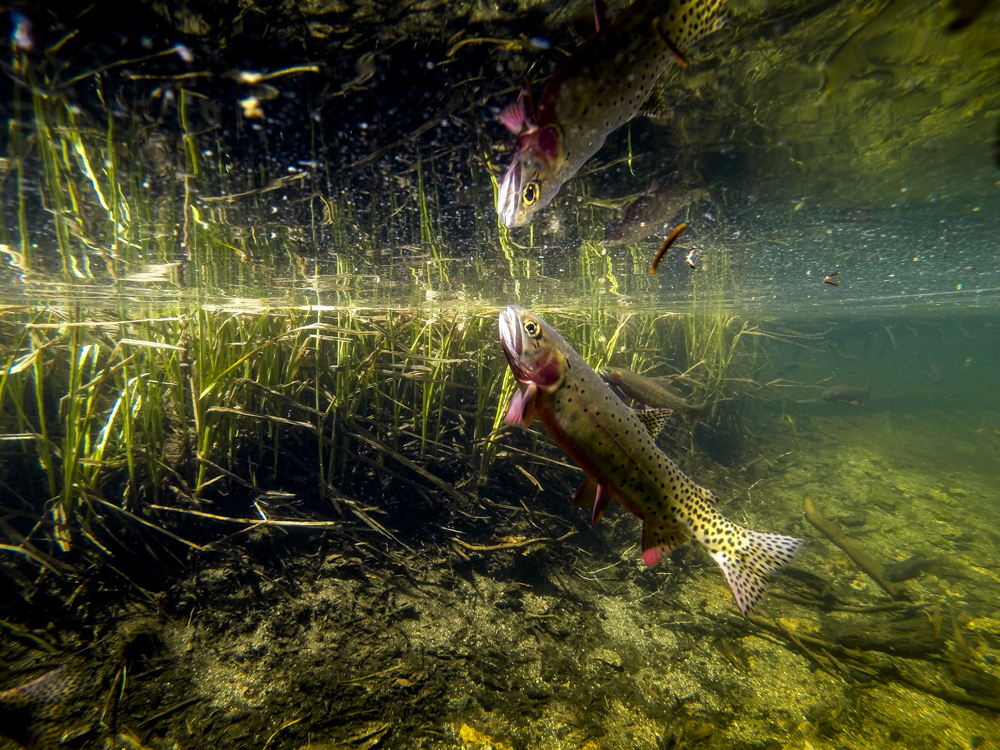
A greenback cutthroat feeding in Colorado's Rocky Mountain National Park.
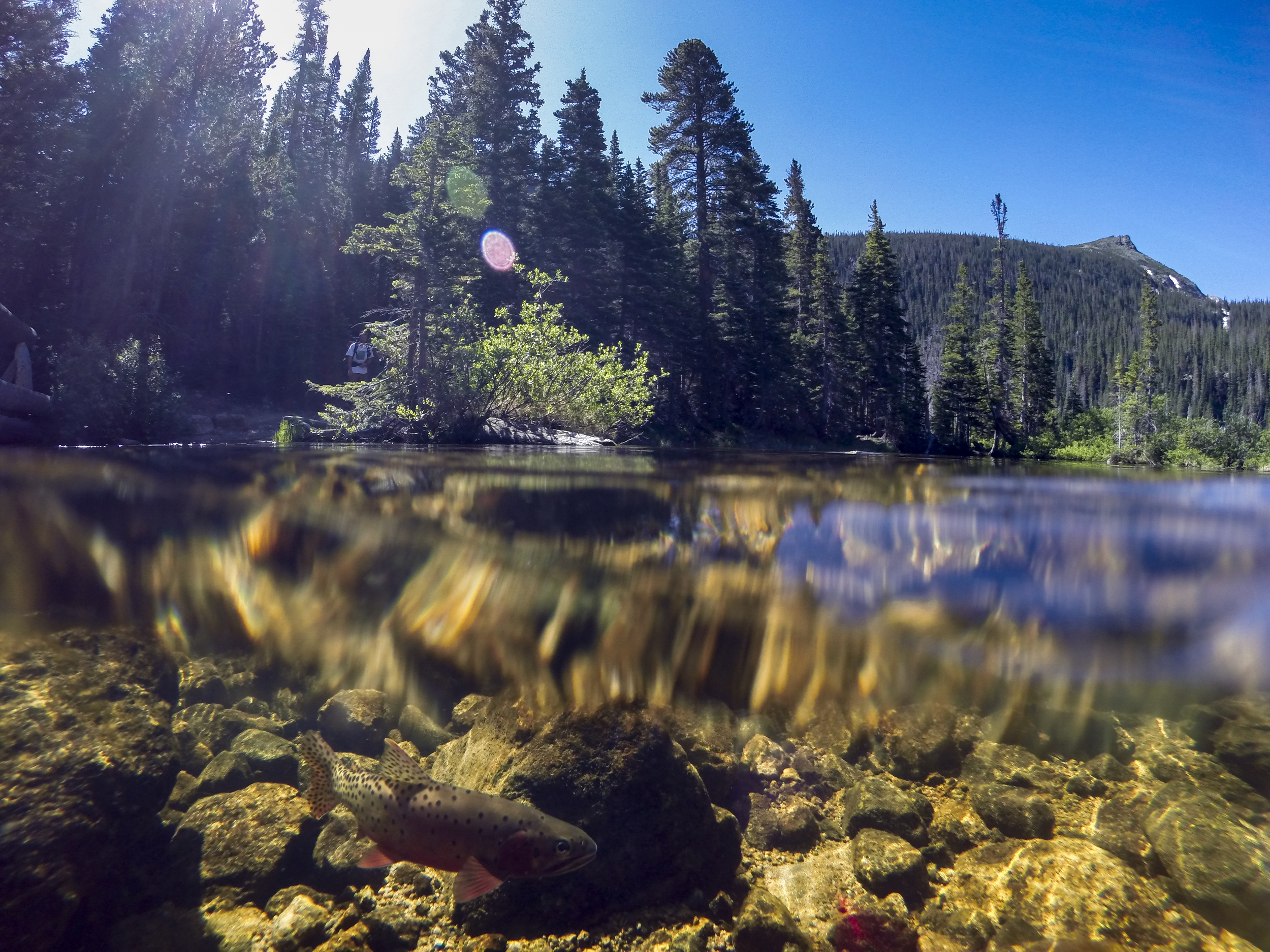
A greenback cutthroat in spawning colors. Rocky Mountain National Park.
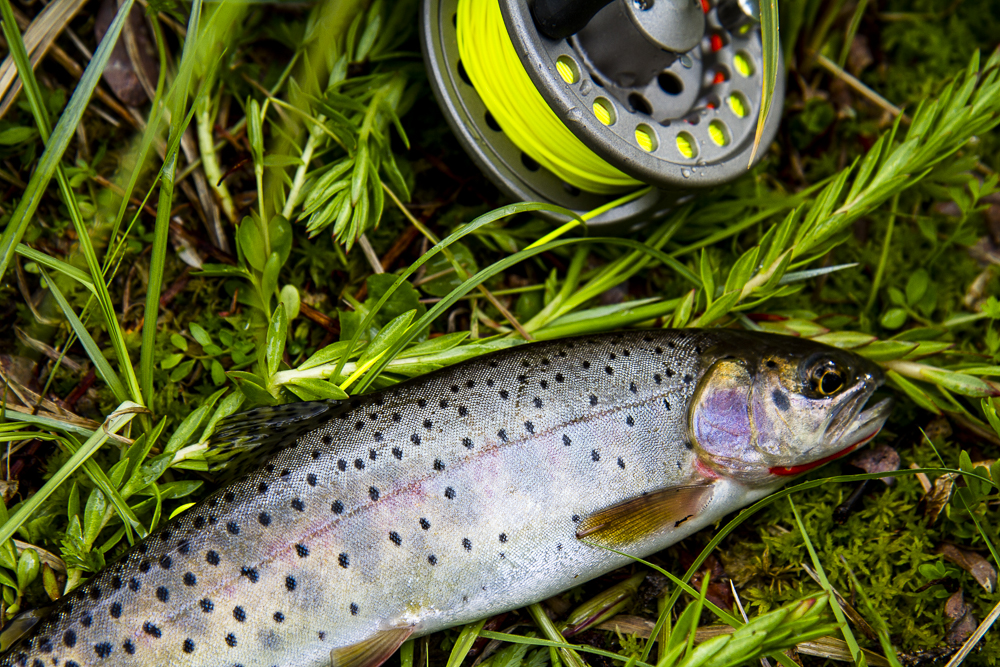
A female greenback cutthroat, who was quickly returned to the water after her portrait. Gorge Lakes, Rocky Mountain National Park.
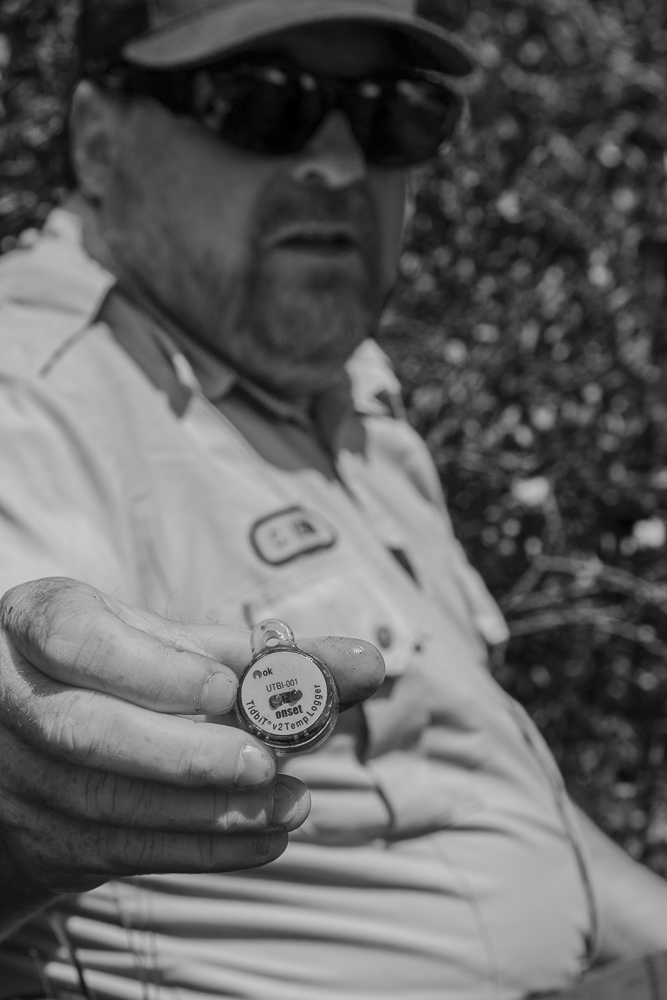
Chris Kennedy of the US Fish and Wildlife Service shows a water monitoring device. Colorado.
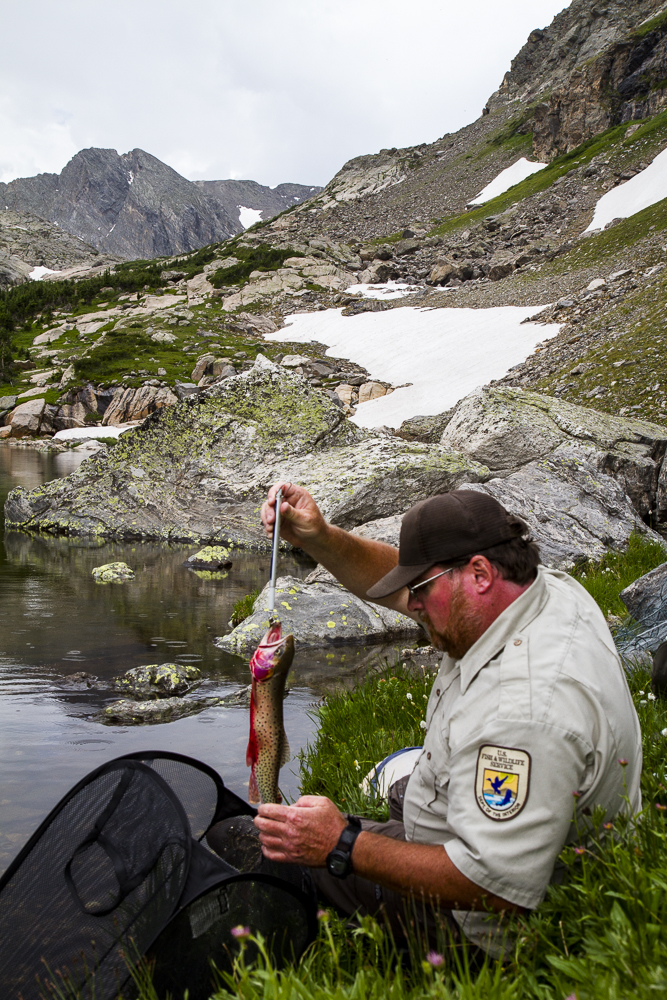
Chris Kennedy of the US Fish and Wildlife Service conducts field research.
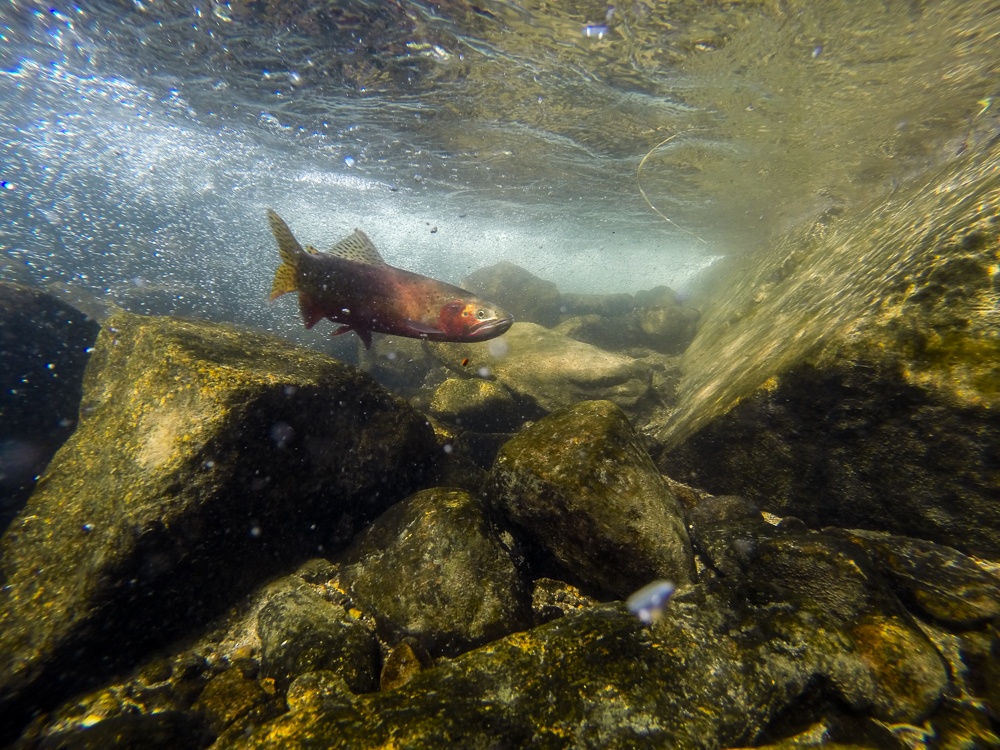
A male greenback cutthroat swims in the inlet of Arrowhead Lake.
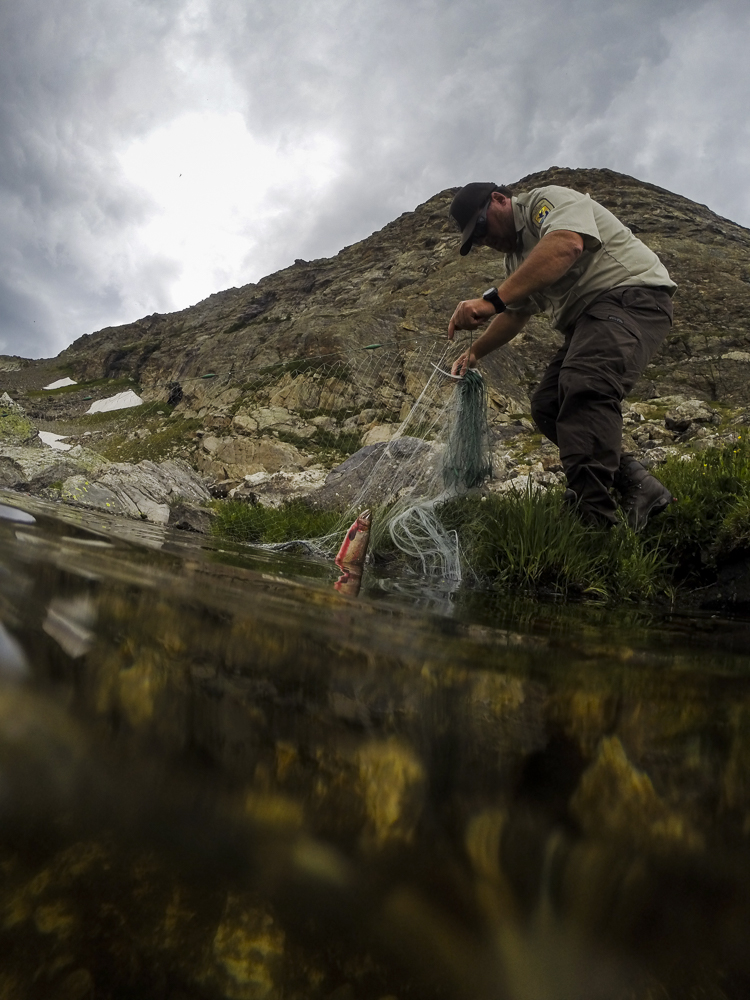
Chris Kennedy of the US Fish and Wildlife Service uses a net to conduct a population study of greenback cutthroats.
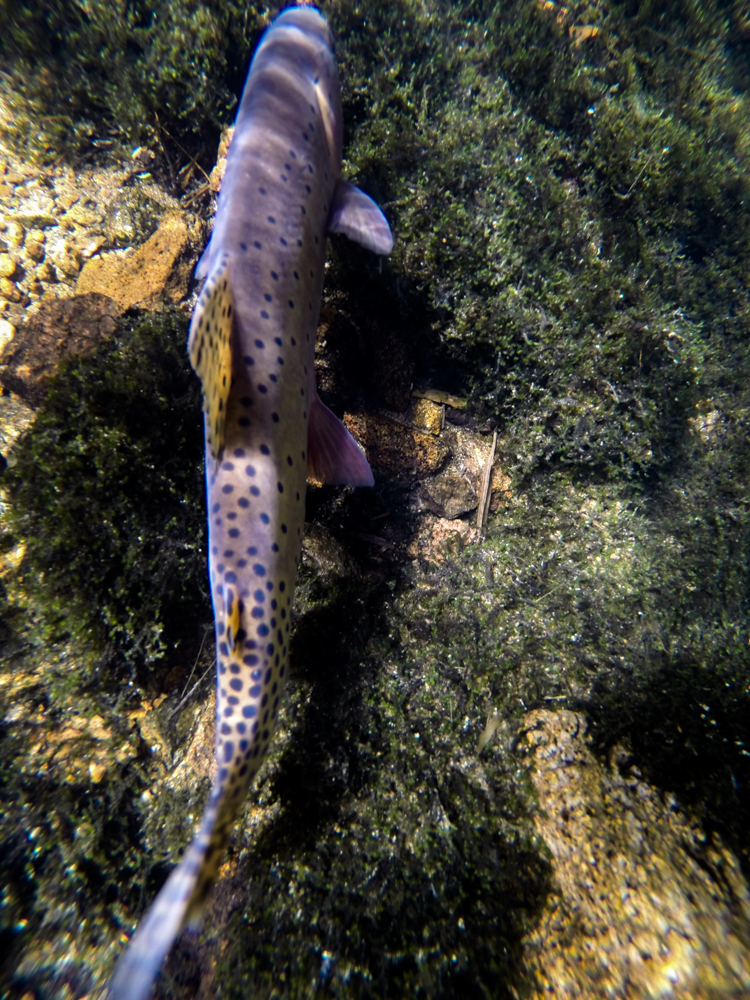
Overhead view of a greenback cutthroat on a spawning bed.
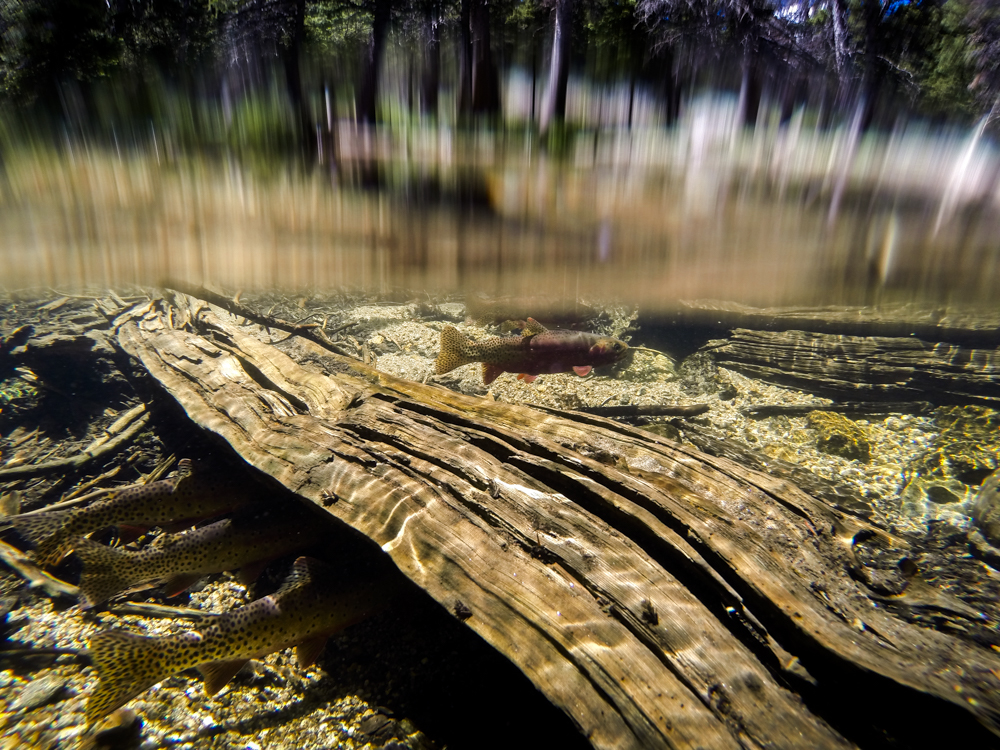
Greenback cutthroat, Rocky Mountain National Park, Colorado.
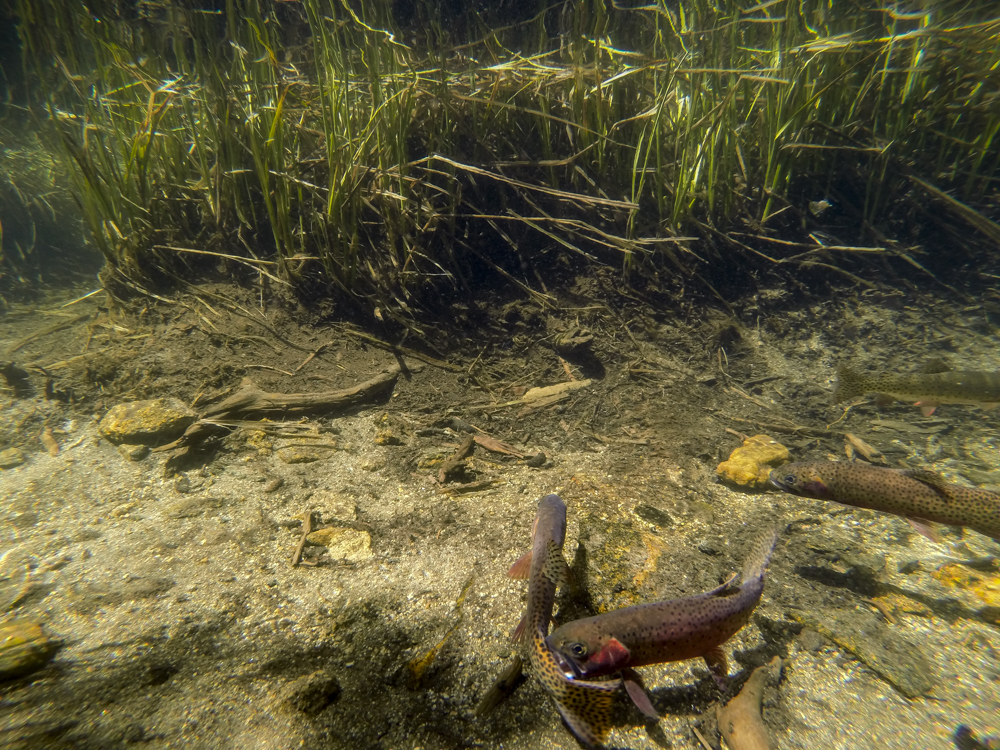
Territorial display of greenback cutthroat trout.
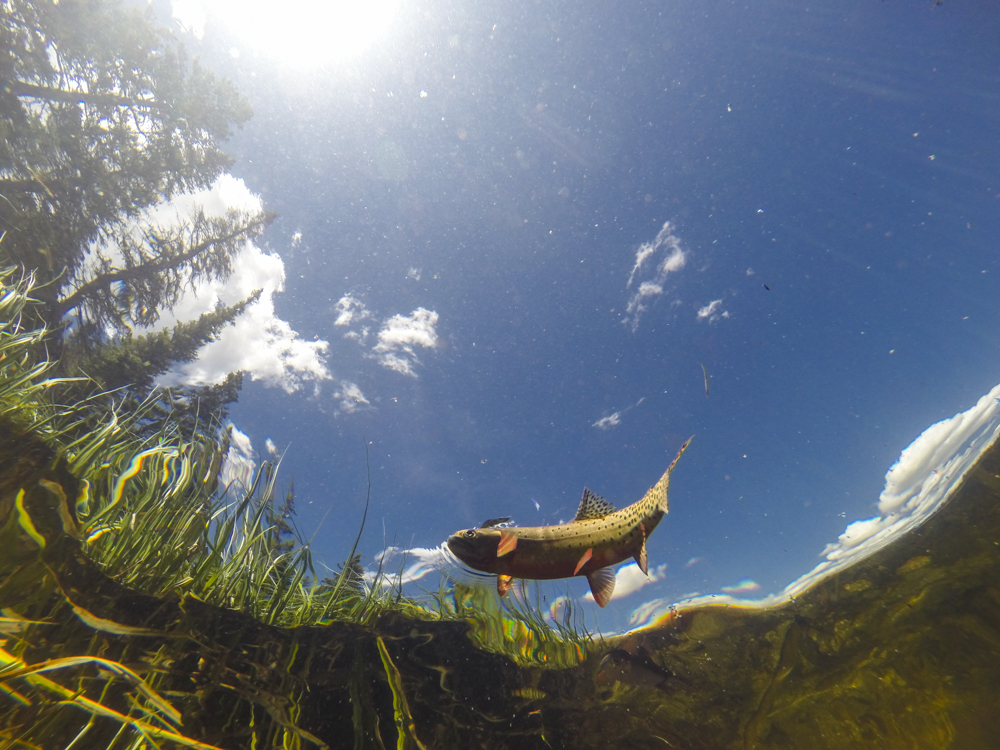
Surface feeding, view from below.
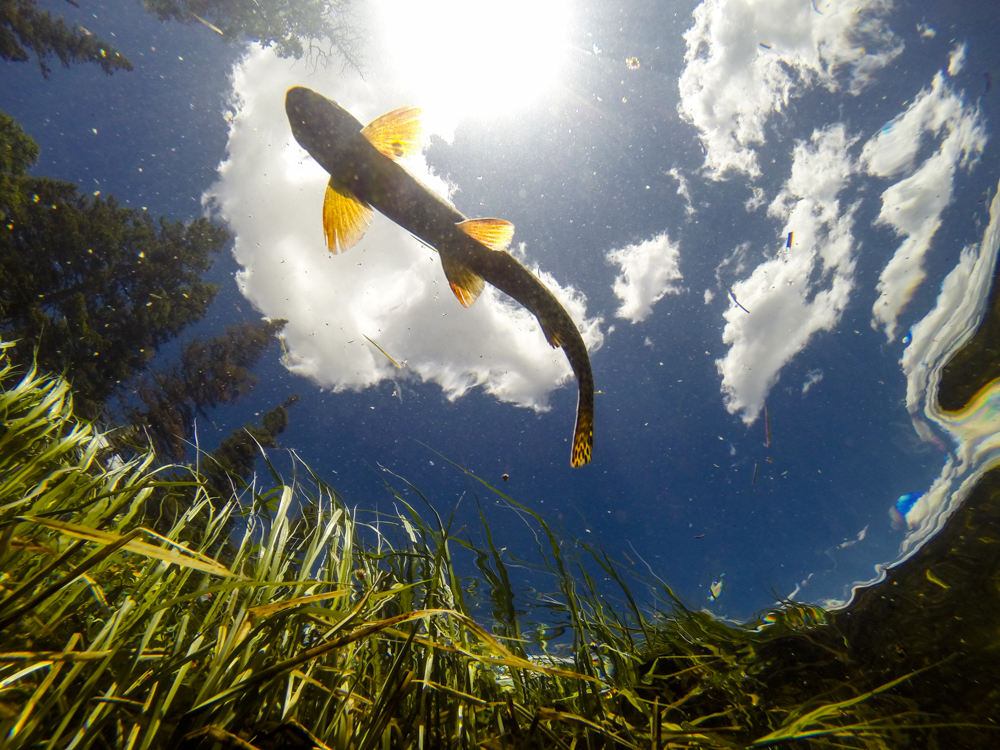
Greenback cutthroat, view from below.

Greenback cutthroats in spawning colors.

Specimen of greenback cutthroat in the collection of University of Colorado at Boulder. Museum specimens dating back to the mid 19th century have been used for genetic mapping of greenback cutthroats.

Jessica Metcalf of the University of Colorado at Boulder led the team in 2012 to determine the hybridization of stocks of greenback cutthroat trout.

Cutthroat fry photographed at the Bellvue State Fish Hatchery, Bellvue, Colorado.

Cutthroat larvae photographed at the Bellvue State Fish Hatchery, Bellvue, Colorado.

A hybrid rainbow/greenback cutthroat. One of the largest threats to the survival of all native cutthroats is the introduction of introduced species.

A greenback cutthroat in spawning colors.
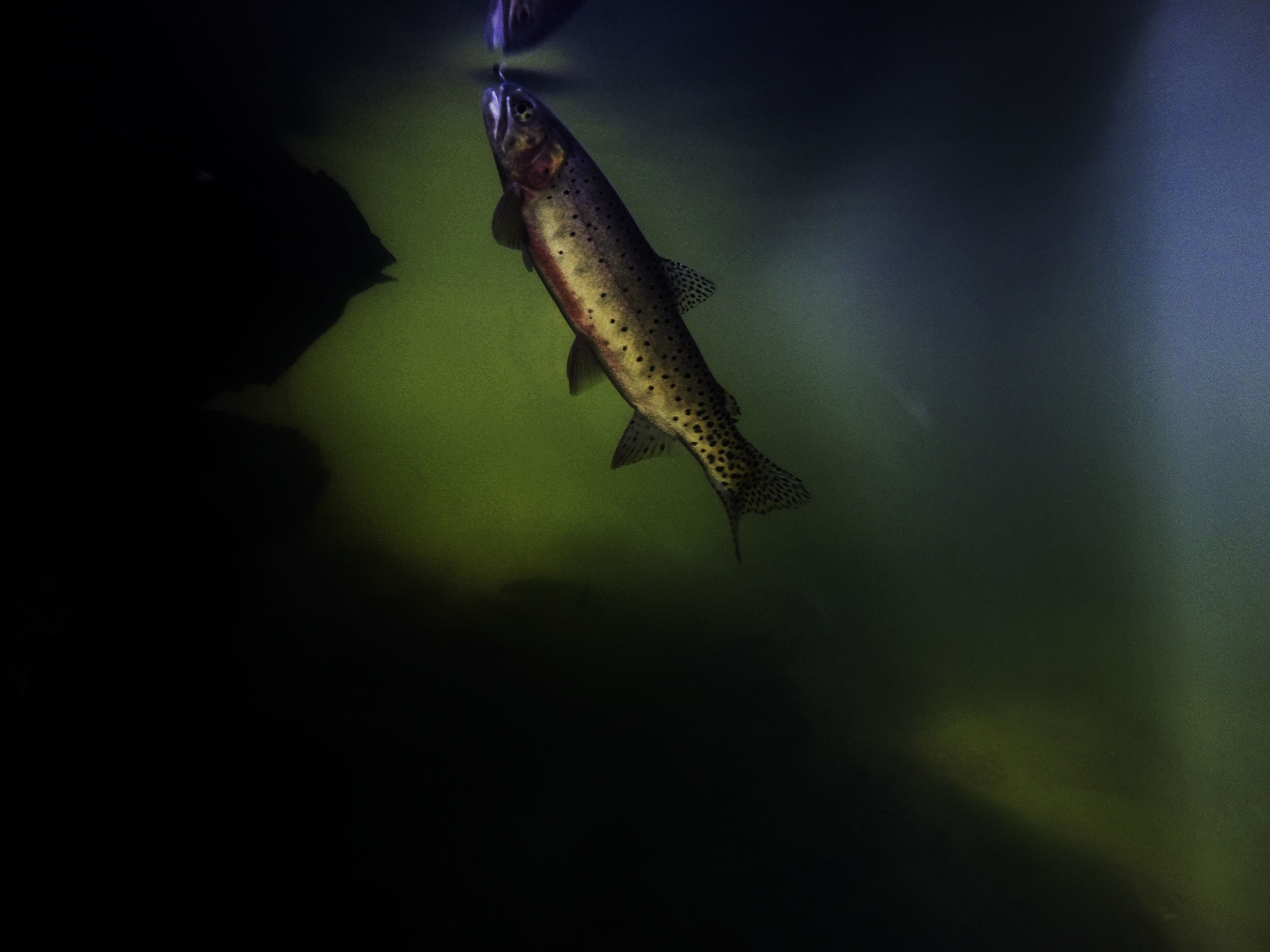
A greenback cutthroat feeds on the surface.

A mounted greenback cutthroat in the collection of the Denver Museum of Nature and Science. The greenback cutthroat was once believed to be extinct as a species. Without herculean efforts by generations of committed individuals and institutions, it's possible that stuffed fish could be all we have left.